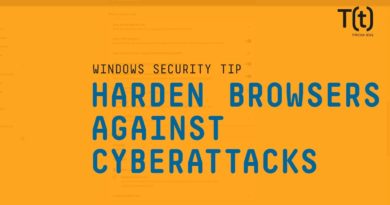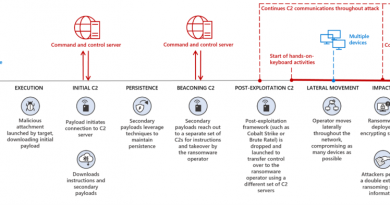The AWS Service to Focus On – Amazon EC2

If we run a contest for Mr. Popular of Amazon Web Services (AWS), without a doubt Amazon Simple Storage Service (S3) has ‘winner’ written all over it. However, what’s popular is not always what is critical for your business to focus on. There is popularity and then there is dependability. Let’s acknowledge how reliant we are on Amazon Elastic Cloud Computing (EC2) as AWS infrastructure led-organizations.
We reflected upon our in-house findings for the AWS ‘Security’ pillar in our last blog, Four Reasons Your Cloud Security is Keeping You Up at Night, explicitly leaving out over caffeination and excessive screen time!
Drilling further down to the most affected AWS Services, Amazon EC2 related issues topped the list with 32% of all issues. Whereas Mr. Popular – Amazon S3 contributed to 12% of all issues. While cloud providers, like AWS, offer a secure infrastructure and best practices, many customers are unaware of their role in the shared responsibility model. The results showing the number of issues impacting Amazon EC2 customers demonstrates the security gap that can happen when the customer part of the shared responsibility model is not well understood.
While these AWS services and infrastructure are secure, customers also have a responsibility to secure their data and to configure environments according to AWS best practices. So how do we ensure that we keep our focus on this crucial service and ensure the flexibility, scalability, and security of a growing infrastructure?
Introducing Rules
If you thought you were done with rules after passing high school and moving out of your parent’s house, you would have soon realized that you were living a dream. Rules seem to be everywhere! Rules are important, they keep us safe and secure. While some may still say ‘rules are made to be broken’, you will go into a slump if your cloud infrastructure breaks the rules of the industry and gets exposed to security vulnerabilities.
It is great if you are already following the Best Practices for Amazon EC2, but if not, how do you monitor the performance of your services day in and day out to ensure their adherence to these best practices? How can you track if all your services and resources are running as per the recommended standards?
We’re here to help with that. Trend Micro Cloud One – Conformity ‘Rules’ provide you with that visibility for some of the most critical services like Amazon EC2.
What is the Rule?
A ‘Rule’ is the definition of the best practice used as a basis for an assessment that is run by Conformity on a particular piece of your Cloud infrastructure. When a rule is run against the infrastructure (resources) associated with your AWS account, the result of the scan is referred to as a Check. For example, an Amazon EC2 may have 60 Rules (Checks) scanning for various risks/vulnerabilities. Checks are either a SUCCESS or a FAILURE.
Conformity has about 540 Rules and 60 of them are for monitoring your Amazon EC2 services best practices. Conformity Bot scans your cloud accounts for these Rules and presents you with the ‘Checks’ to prioritize and remediate the issues keeping your services healthy and prevent security breaches.
Amazon EC2 Best Practices and Rules
Here are just a few examples of how Conformity Rules have got you covered for some of the most critical Amazon EC2 best practices:
|
|
See how Trend Micro can support your part of the shared responsibility model for cloud security: https://www.trendmicro.com/cloudconformity.
Stay Safe!
Read More HERE



